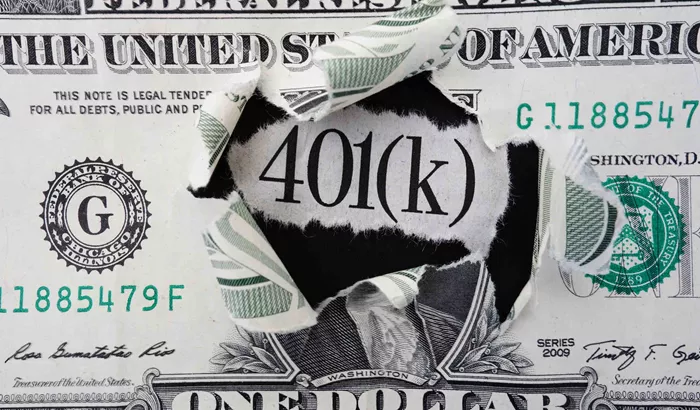Americans with 401(k) retirement plans are saving more than ever, nearly reaching the recommended savings rate. According to Fidelity’s latest report, in the first quarter of 2025, the total savings rate in 401(k) plans hit 14.3%. This is close to the 15% target that many financial advisers recommend for a comfortable retirement.
A decade ago, in early 2015, employees contributed 8.1% of their salaries, and employers added 4.4%, making a total of 12.5%. Now, employees save 9.5%, and employers match 4.8%, reaching the 14.3% total.
Experts say saving 15% of your income over your working life helps maintain your lifestyle after retirement. Mike Shamrell from Fidelity said this rate allows people to live comfortably after they stop working.
Employer matches have grown, with many offering to match at least 5% of employee contributions. This “free money” encourages workers to save more. Mindy Yu from Betterment highlighted that employer matches are highly valued by employees.
Two major trends are helping raise savings rates: auto-enrollment and auto-escalation. Starting in 2025, most new 401(k) plans automatically enroll employees, meaning workers save unless they opt out. Over a third of Fidelity’s plans now auto-enroll at 5% or higher. Also, nearly 75% of plans automatically increase contributions each year.
More workers are joining 401(k) plans. About half of private-sector employees participate now, up from 40% in 2010. Access to these plans has also grown from 60% to 70% of employees over the past decade.
However, retirement savings vary widely by income. The wealthiest 10% hold a median of $559,000 in retirement accounts, while middle-income households have a median of $39,000, with nearly half having no retirement savings.
Despite record savings rates, average 401(k) balances dropped 3% to $127,100 early this year, due to market volatility.
Younger workers show strong savings habits. Generation Z saves 11.2%, close to Millennials at 13.5% and Generation X at 15.4%. Experts believe this trend will continue as younger generations understand the need to save more for retirement.
Read more:


